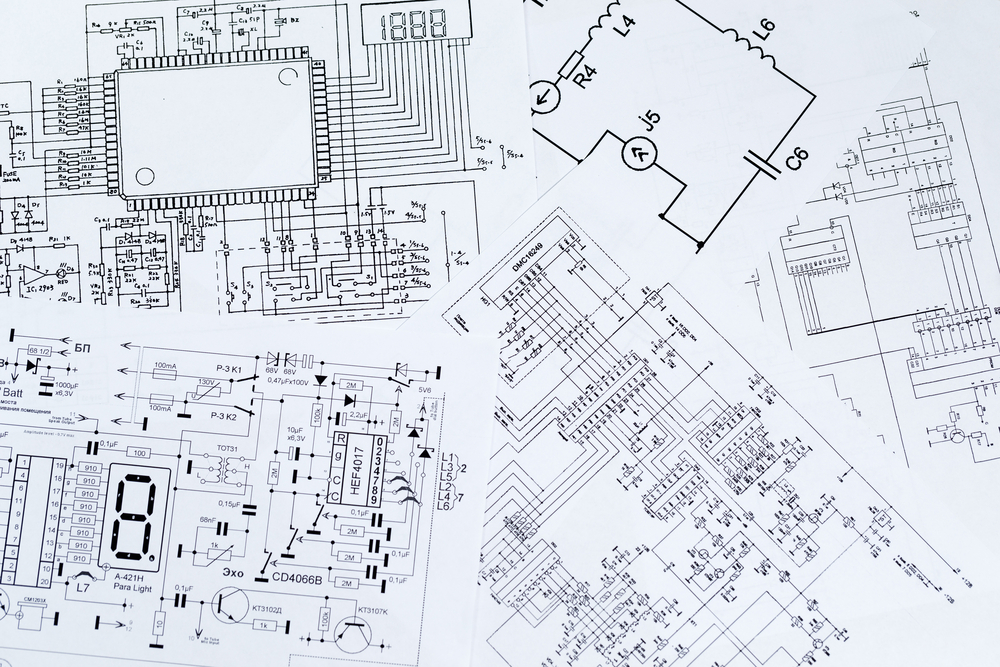Top Tips for Designing Your Own PCB
While PCB may be vital to the components of certain electronics within your company, designing PCB yourself can be helpful to create a custom design that suits your purpose over pre-created circuit boards. Although you might think that designing PCB is an unnecessary stress, there are many advantages of designing your own that makes it worthwhile. These range from being able to create PCB of a smaller size and, for simpler circuits, reducing the cost of a pre-built design made by a developer. Here are some handy tips to begin creating custom built PCB.
Schematics
Before you begin to design your PCB, the first thing you should think about handling is its system schematics, as knowing what type of circuit you want to build is key to getting the requirements right later. Once you have designed the schematics for your project, these can then form the basis of a more complicated electrical structure, giving you the foundations of your work before you even begin. Many of the ways to build schematics from scratch can be found in online tutorials and videos which can instruct you as to the best schematics for your design.

Solderless Breadboards
The easiest PCB product to start designing with is solderless breadboards as they are reusable, meaning that you can experiment with a few designs before making a decision. They also enable you to do without the need for soldering, enabling you to start designing without extra complications and additional skills. They are also easy to buy and relatively cheap compared to some of the more durable and complex materials. Therefore, by using this laminate material, you will be able to create personal designs with a material that is easy to handle for the less experienced.
[tmh_article_ads]
Design Software
Designing your own PCB can be complicated and overwhelming, however, the right design software can greatly reduce the complications of DIY PCB design. Altium is a popular brand of design software that allows you to design at will without the need for a continuing license, meaning all your designs are recorded in a safe and trusted place. There are many advantages to investing in professional design software; PCB programs will help you to create designs quicker, allowing you to send professional and simple designs off to manufacturers within tight deadlines with the assurance that there are no problems with your programming.
Creativity
Lastly, and most importantly for creative developers, is that designing your own software allows you to be more experimental, helping you to harness your creativity when it comes to circuits and connections. Creating your own PCB ensures that you can create software that is individual to you and your business, even allowing you to include your own logo. Things to consider when designing include PCB stack-up and break-out strategy, all of which can be focused on more creatively when you are designing your own boards. Utilizing software can also help you to do this by allowing you to play with the intricacies of PCB within a professional framework, creating both professional and creative PCB for your own purposes.


Share your thoughts